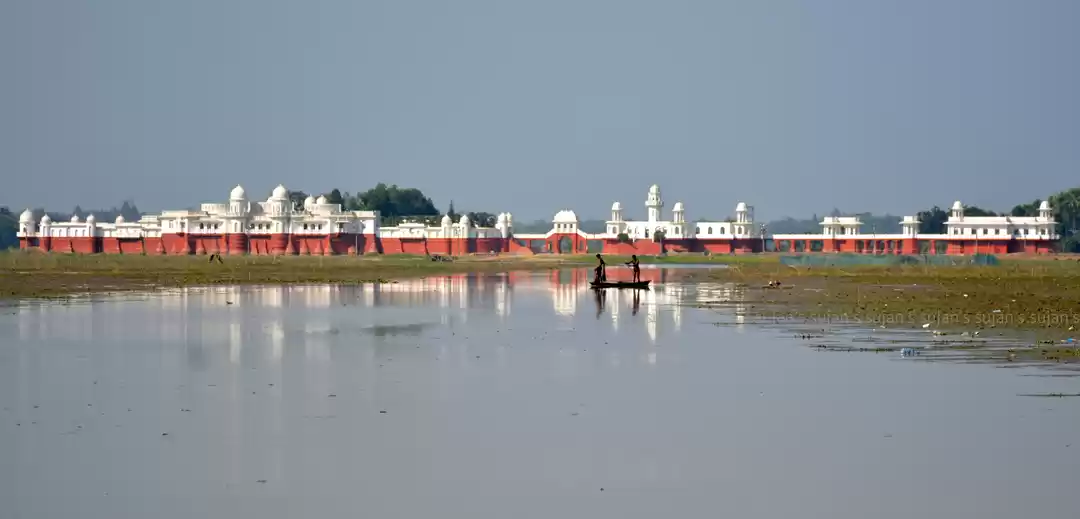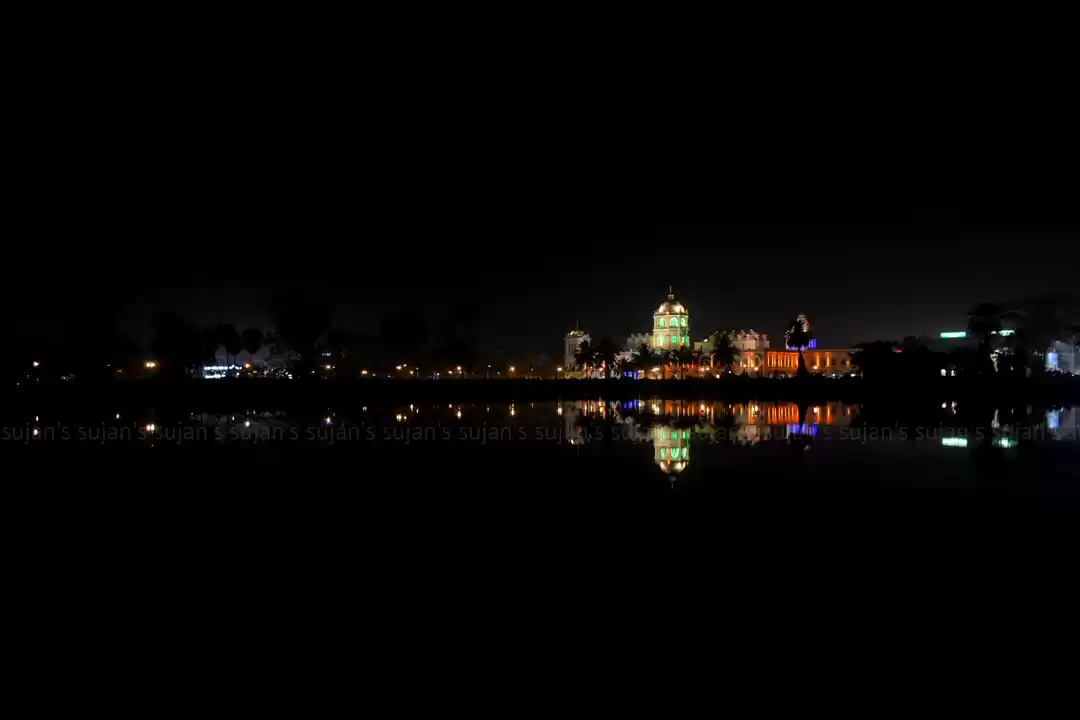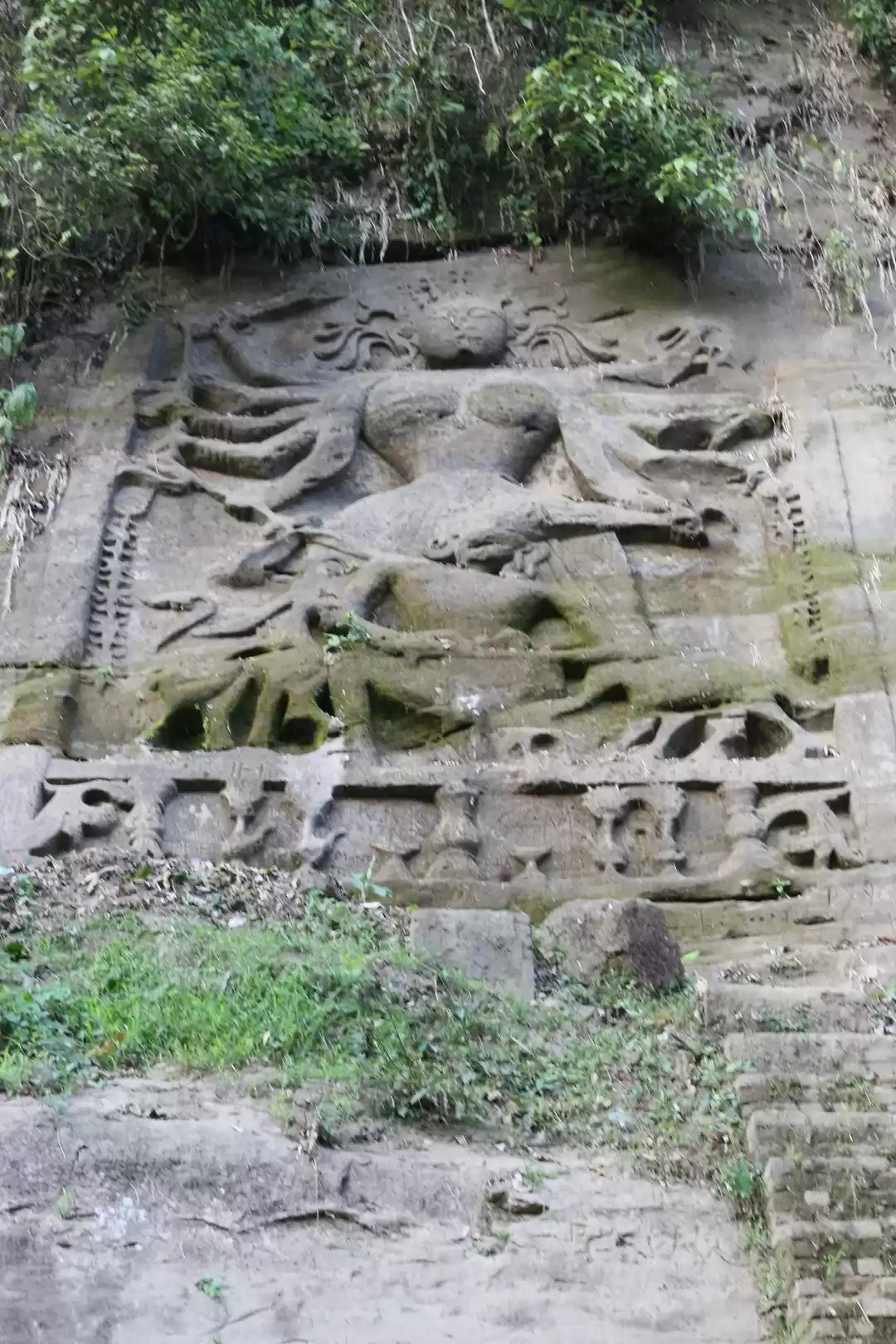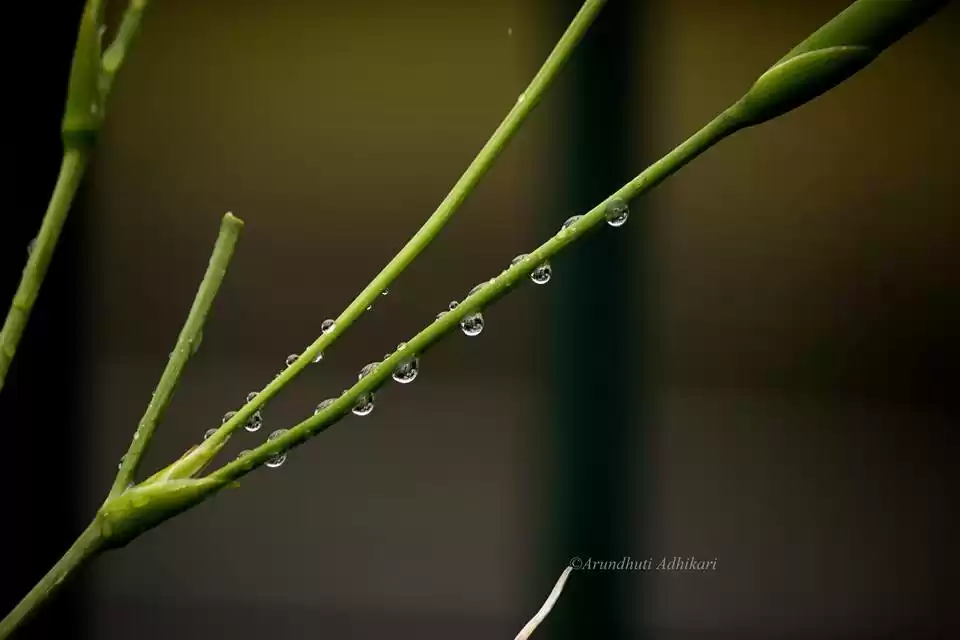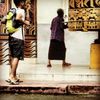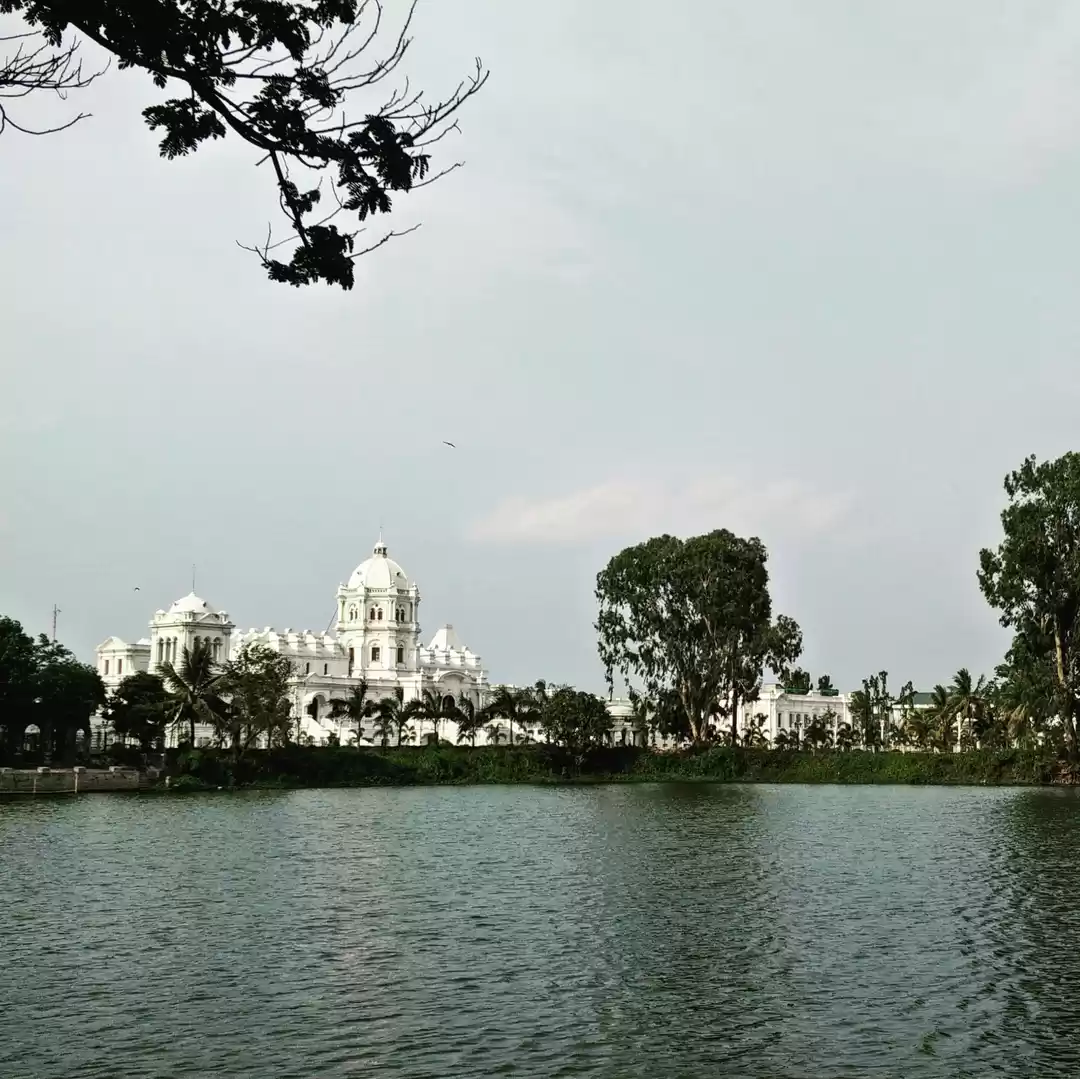Tripura Tourism and Travel Guide
Tripura /ˈtrɪpuːrɑː/ is a state in Northeast India. The third-smallest state in the country, it covers 10,491 km2 (4,051 sq mi) and is bordered by Bangladesh (East Bengal) to the north, south, and west, and the Indian states of Assam and Mizoram to the east. In 2011 the state had 3,671,032 residents, constituting 0.3% of the country's population. Indigenous communities, known in India as scheduled tribes, form about 30 per cent of Tripura's population. The Kokborok speaking Tripuri people are the major group among 19 tribes and many subtribes. The Bengali people form the ethno-linguistic majority in Tripura.The area of modern Tripura was ruled for several centuries by the Tripuri dynasty. It was the independent princely state of the Tripuri Kingdom under the protectorate of the British Empire which was known as Hill Tippera while the area annexed and ruled directly by British India was known as Tippera District (present Comilla District). The independent Tripuri Kingdom (or Hill Tippera) joined the newly independent India in 1949. Ethnic strife between the Tripuri people and Bengali population led to tension and scattered violence since its integration into the country of India, but the establishment of an autonomous tribal administrative agency and other strategies have led to peace.Tripura lies in a geographically disadvantageous location in India, as only one major highway, the National Highway 44, connects it with the rest of the country. Five mountain ranges—Boromura, Atharamura, Longtharai, Shakhan and Jampui Hills—run north to south, with intervening valleys; Agartala, the capital, is located on a plain to the west. The state has a tropical savanna climate, and receives seasonal heavy rains from the south west monsoon. Forests cover more than half of the area, in which bamboo and cane tracts are common. Tripura has the highest number of primate species found in any Indian state. Due to its geographical isolation, economic progress in the state is hindered. Poverty and unemployment continue to plague Tripura, which has a limited infrastructure. Most residents are involved in agriculture and allied activities, although the service sector is the largest contributor to the state's gross domestic product.Mainstream Indian cultural elements, especially from Bengali culture, coexist with traditional practices of the ethnic groups, such as various dances to celebrate religious occasions, weddings and festivities; the use of locally crafted musical instruments and clothes; and the worship of regional deities. The sculptures at the archaeological sites Unakoti, Pilak and Devtamura provide historical evidence of artistic fusion between organised and tribal religions. The Ujjayanta Palace in Agartala was the former royal abode of the Tripuri kings. http://tripura.gov.in/government/keycontact/2 'Profile of Chief Minister'. Government of Tripura. Archived from the original on 15 May 2012. Retrieved 8 April 2012. Shivangi Narayan (9 September 2013). 'How Tripura became India's top literate state'. Governance Now. Retrieved June 20, 2015. Syed Sayyad Ali (8 September 2013). 'Tripura beats Kerala in literacy chart'. The Hindu (Agartala). Retrieved June 20, 2015. 'Tripura tops literacy rate with 94.65 per cent, leaves behind Kerala'. IBNLive.com. Cable News Network. 9 September 2013. Retrieved June 20, 2015. 'State of Literacy' (PDF). censusindia.gov.in. Retrieved June 20, 2015. 'Bengali and Kokborok are the state/official language, English, Hindi, Manipuri and Chakma are other languages'. Tripura Official government website. Retrieved 29 June 2013. Encyclopædia Britannica 1911 on Hill Tippera Tippera District on Encyclopædia Britannica 1911

